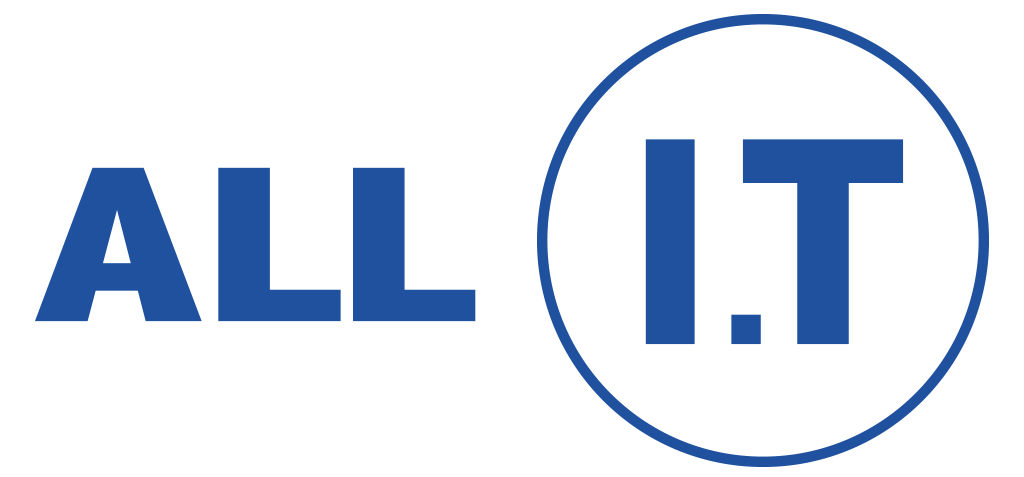5 Tips to Strengthen Endpoint Security in Your Business
Protecting endpoints from cyberattacks has grown increasingly challenging, especially with the rise of a dispersed workforce. With office-based, remote, and hybrid workers using an array of devices from all over the world, the need to prioritise endpoint security has become paramount for businesses.
THE CURRENT DIGITAL LANDSCAPE
In today’s digital landscape, endpoints play a critical role in connecting and exchanging information within computer networks. From mobile devices and desktop computers to servers and Internet-of-Things (IoT) devices, businesses can have hundreds of endpoints, depending on their size.
While all these devices are great for convenience and productivity, the problem lies in the fact that these very endpoints can serve as entry points for hackers to breach an organisation’s defences.
As endpoints exist outside of the protective confines of network security and rely on users to implement security measures, they act as easy targets for cybercriminals.
To help you protect your businesses, we’ve pulled together five simple yet effective practices to follow for better endpoint protection.
OUR 5 TIPS TO STRENGTHEN ENDPOINT SECURITY
1. CARRY OUT AN ENDPOINT AUDIT
Endpoint security starts with visibility. You can’t protect unknown or invisible devices!
Conduct an endpoint audit to catalogue and assess the vulnerability of each device. You can prioritise security endpoints that hold sensitive data and ensure that only approved devices can access your network.
This audit should cover both on-premises and remote devices, including IoT devices and employee mobile phones.
2. STRENGTHEN PASSWORD SECURITY
Passwords are often a significant vulnerability when it comes to endpoint security. Educate your employees on creating strong passwords and regularly changing them.
Consider using passwordless options like biometrics, and implement multi-factor authentication (MFA) for an added layer of protection.
3. EMBRACE MODERN AUTHENTICATION METHODS
Relying solely on usernames and passwords for authentication is no longer sufficient. Consider implementing more modern device and user authentication protocols such as:
- Contextual Authentication: This approach goes beyond MFA by considering context-based cues for authentication, such as time of day, geographic location, and device used.
- Zero Trust: This approach involves continuously monitoring your network, ensuring that every device in the network is verified. Safelisting devices is an example of this approach, where only approved devices are granted network access and all others are blocked by default.
4. KEEP ENDPOINT SECURITY SOLUTIONS UPDATED
Regularly updating your endpoint security solutions is vital in staying ahead of emerging threats. Wherever possible, automate software updates to minimize the chances of overlooking critical patches.
Additionally, don’t overlook firmware updates, as they are essential for maintaining device security.
5. APPLY SECURITY POLICIES THROUGHOUT THE DEVICE LIFECYCLE
From the time a device is first purchased to the time it retires, you need to have security protocols in place. Tools like Microsoft AutoPilot and SEMM can automate these processes for companies, ensuring that proper security practices are followed at every stage of a device’s life, so important steps aren’t missed.
Here are a few examples of device lifecycle security:
- When a device is given to a user for the first time, unnecessary privileges should be removed to reduce potential risks.
- When a device is transferred from one user to another, it needs to be cleaned of old data and set up anew for the new user.
- When a device is retired and no longer in use, it should be thoroughly wiped clean. This means deleting all information on it and disconnecting it from any linked accounts.
SECURING YOUR ENDPOINTS – LET ALL I.T HELP
As you can see, securing your endpoint devices can serve as the first line of defence against cybercriminals. With the increasing complexity of network environments and the rise of remote work, prioritizing endpoint security is essential.
While applying these best practices is a great way to protect your business endpoints, we understand that for many organisations, this can be a confusing and time-consuming process.
At ALL I.T., we specialize in providing comprehensive security solutions tailored to meet your business’s unique needs. Our team of experts understands the evolving threat landscape and can help you implement the best practices for endpoint protection.
If you’re looking to boost endpoint security in your organisation, fill in your details below. Our team of experts will contact you within 48 hours to discuss how we can help protect your business from cyber threats.


